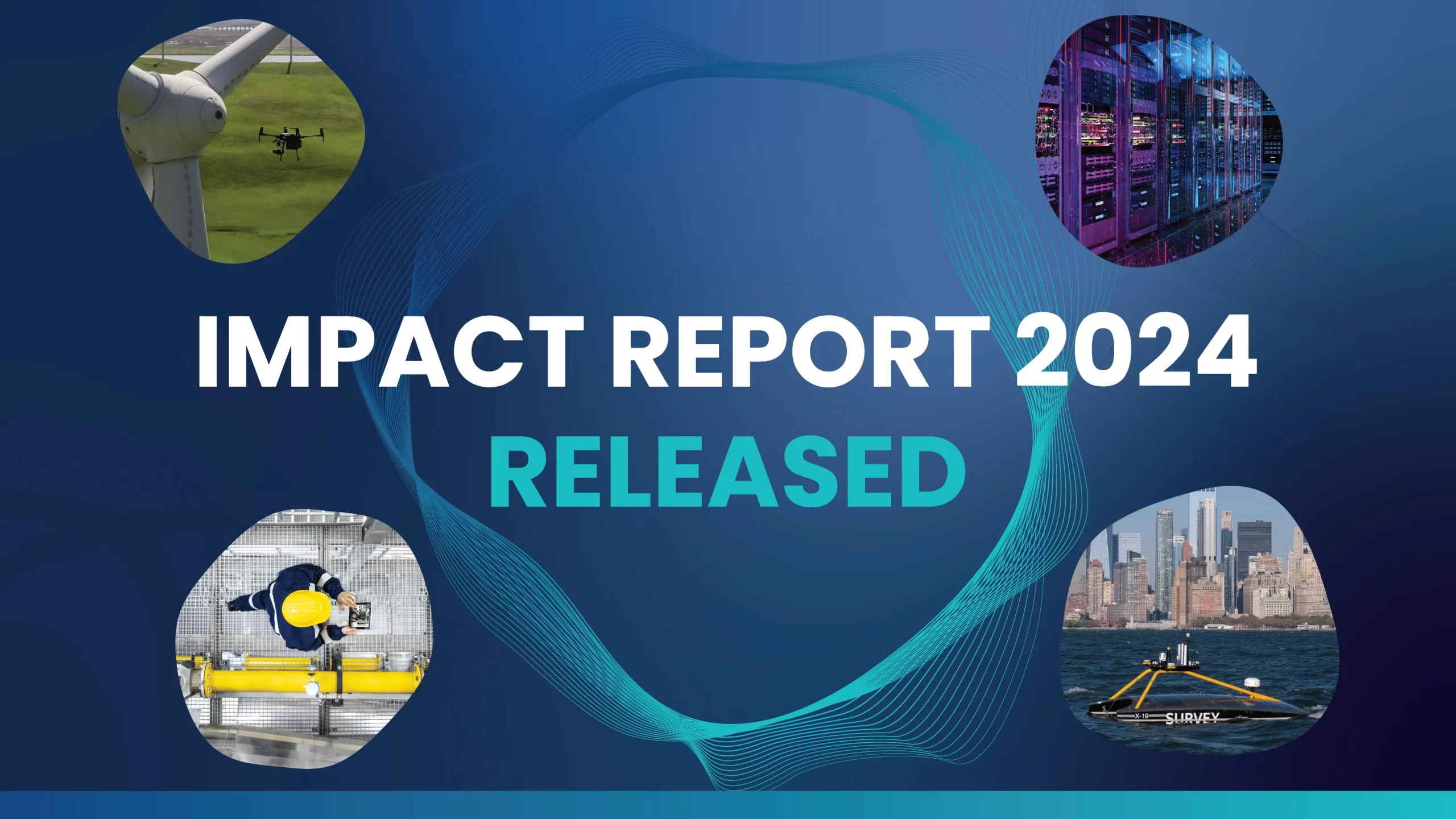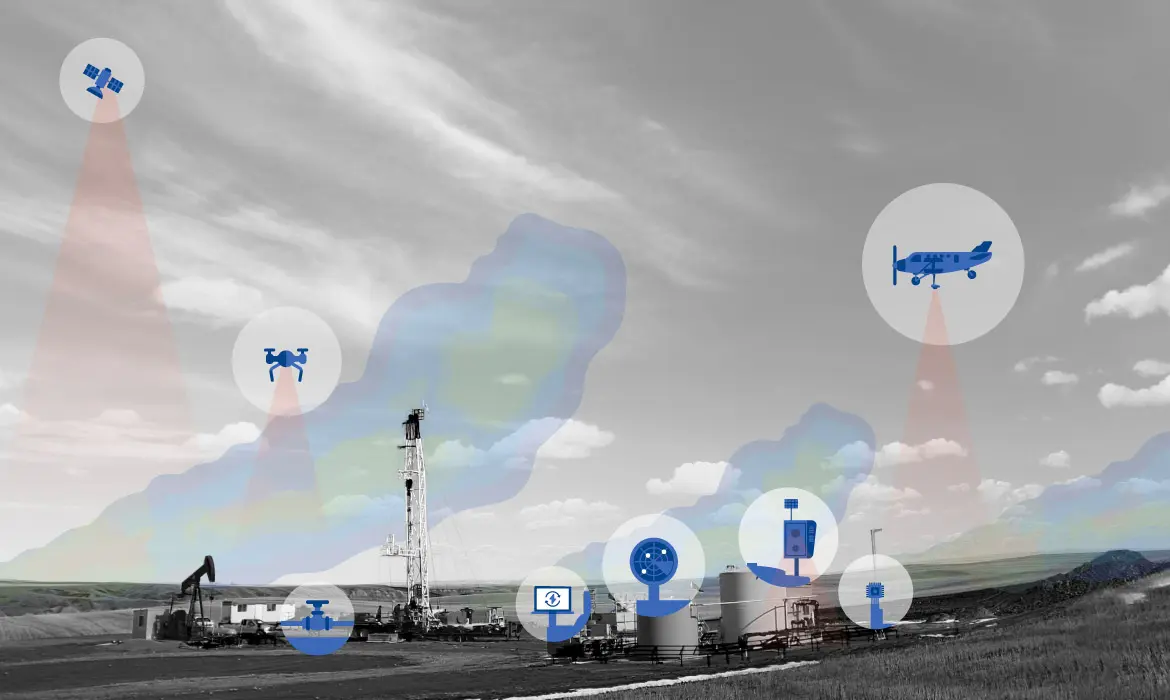

This article is the first in a series that will explore the methane opportunity – what it is, why it matters, and how OGCI Climate Investment are catalysing change.

The problem Dr Kleinberg refers to is industrial methane. A highly potent greenhouse gas, methane is responsible for more than a quarter of global warming.[1] Though less prevalent than carbon dioxide, methane molecules are more absorptive, with up to one hundred times the short-term warming effect of CO2. And methane doesn’t just trap heat. Once emitted, it also contributes to the formation of tropospheric ozone, itself a harmful greenhouse gas.
Fortunately, methane has one other crucial property: it is short-lived. While carbon dioxide lingers in the atmosphere for hundreds of years, methane dissipates quickly, with a half-life of approximately a decade.[2] Its outsized impact on the earth’s temperature has projected methane as a prime target for climate action. Estimates from the European Commission[3] suggest that, if methane emissions fall by 50% over the next 30 years, global warming will fall by 0.2° degrees Celsius. “That doesn’t sound like very much,” says Dr Kleinberg, “but so far we’ve warmed the earth one degree since pre-industrial times – methane is the single biggest way of reversing this in a fairly rapid manner”.
As the main constituent of natural gas, the principal cause of industrial methane emissions is simply that it escapes, accidentally, from leaking pipes, tanks, and compressors in the oil and gas value chain, as well as from coal mines. As a result, a significant proportion of methane emissions are preventable. Indeed, most of them can be tackled with existing technology, at relatively low cost. Some climate solutions are far from guaranteed, but methane leaks can be fixed.
The challenge is that emissions are hard to quantify. Other greenhouse gases are straightforward. We know that burning a tonne of coal, for example, emits roughly two and a half tonnes of carbon dioxide. We can track how much nitrous oxide is emitted by a car engine. What is burned can be precisely measured.
“Methane is totally different,” says Kleinberg. “No one puts methane into the atmosphere on purpose”. Leaks, meanwhile, are notoriously hard to find. Plumes are colourless and odourless. While they can be detected with the right equipment, until recently this relied on “the old-fashioned method of going around with a hand-held camera, and a person driving a truck from one place to another”. The US alone contains more than a million oil and gas wells, and many thousands of transmission pipelines – a vast area to monitor. Offshore rigs are more complicated still.
As a result, for decades global emissions data have been scarce. What little we know was compiled by climate scientists and statisticians, largely guided by educated guesswork. Some previous estimates of global carbon emissions are now believed to have been off by a factor of ten.
Two major breakthroughs have dramatically changed this picture. The first is technology. In the past five years, new aerial methane sensors have been developed, deployed on satellites, planes, and drones.
These allow us to accurately find and fix leaks for the first time. The sensors are tiny – even the methane-measuring satellites are often smaller than a microwave – and can beam images and GPS data back down to earth, alerting oil and gas companies or national governments of any leaks. “The ecosystem of methane emission measurement technology has really improved,” says Kleinberg. “In my view, that’s going to allow us to solve this methane problem.”
The second breakthrough is in methane reporting. Internationally, this shift has largely been driven by the UN, through a body called the Oil and Gas Methane Partnership. Manfredi Caltagirone, who leads the UN’s work on industrial methane emissions, says “technology will help – but it won’t be the silver bullet”. International coordination is vital. “Comparability of data is extremely important,” Caltagirone explains. Global data helps not only climate scientists, but allows regulators and politicians to agree common standards. The UN’s new framework, named ‘OGMP 2.0’, was launched in November 2020, and requires that energy companies “report on all their assets, both operated and non-operated” as the new “gold standard” for methane monitoring.
Currently, reporting is voluntary. However, the incentive for companies to act is growing. “We originally had a dozen upstream companies” says Caltagirone. “Now we have 75 oil and gas companies across the entire value chain, from 26 countries, operating across five continents”. The winds of change are blowing through the sector: “there is clearly more pressure from investors, more pressure from society”.
Policy is evolving too. Methane has already been a major part of the conversation at this year’s UN climate summit, COP26, in Glasgow. More than 100 countries have signed a ‘Global Methane Pledge’ to cut emissions by 30% within a decade, led by the EU and the US. And President Biden has made methane a priority: immediately after his inauguration in January 2021, he drove to the White House and signed an executive order requiring the Environmental Protection Agency to write new methane emission rules. “That’s one of the first things he signed on the day he became President,” says Dr Kleinberg, “clearly he got the message”.
After decades in the dark, today we have the tools to quickly and accurately locate industrial methane leaks. New reporting standards are creating a shared language for monitoring global emissions. But everyone in the oil and gas ecosystem has a role to play. As this series unfolds, we’ll be exploring how we, OGCI Climate Investment, are playing ours – and the changes needed to seize this historic methane moment.
